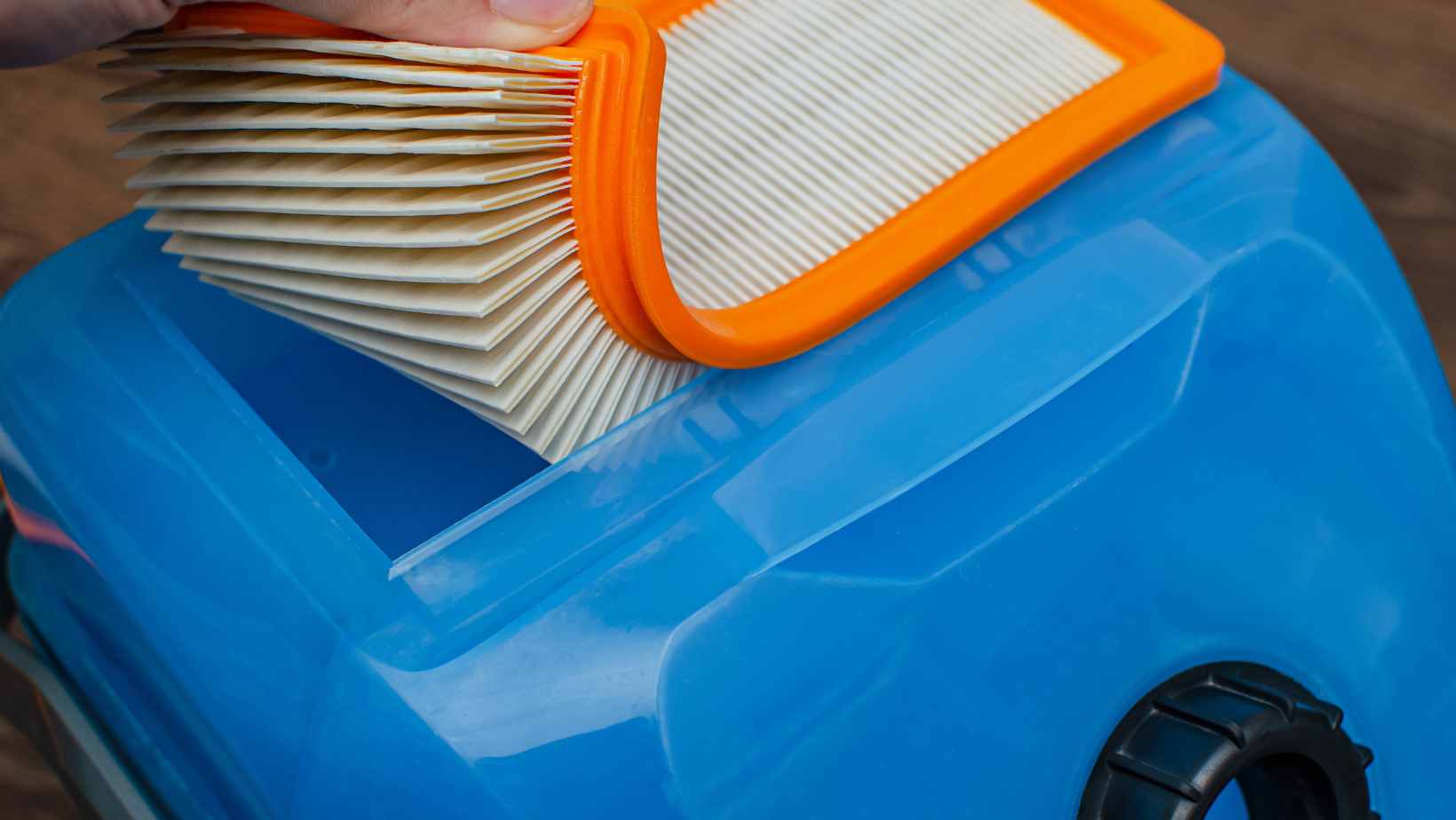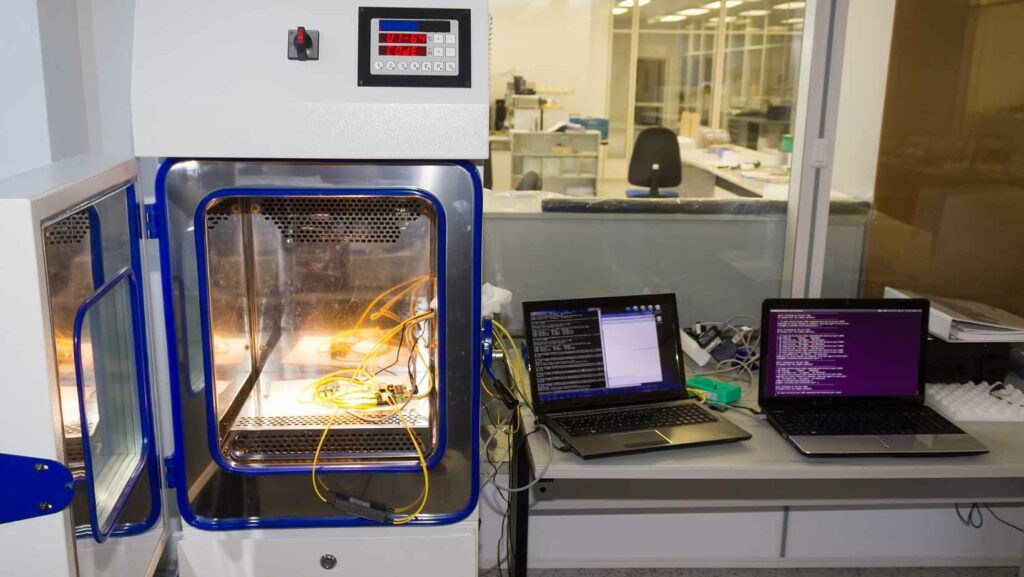Are you looking for a way to make your own vacuum chamber for cleaning and vacuuming purposes? Well, you’ve come to the right place! In this article, I’ll guide you through the process of creating your very own vacuum chamber that can be used for various cleaning and vacuuming tasks.
To begin with, let’s gather the necessary materials. You’ll need a sturdy container or jar with an airtight lid, such as a mason jar or a thick-walled plastic container. Additionally, you’ll require a vacuum pump, which can be purchased or rented from hardware stores or online retailers.
Once you have all the materials ready, it’s time to assemble your homemade vacuum chamber. Start by drilling a small hole in the lid of your chosen container. This will serve as an inlet for connecting the vacuum pump later on. Make sure the hole is just big enough to accommodate the tubing of your pump.
Next, attach one end of the tubing to the hole in the lid and secure it tightly using silicone sealant or adhesive tape. Ensure that there are no air leaks around this connection point to maintain an effective vacuum seal.
Lastly, connect the other end of the tubing to your vacuum pump and switch it on. As the pump begins to create suction, you’ll notice that air is being drawn out from inside the container, resulting in reduced pressure within.
Remember to always follow safety precautions when working with vacuums and ensure proper ventilation during use. Happy cleaning and experimenting with your newly made DIY vacuum chamber!
Choosing The Right Materials For Your Vacuum Chamber
When it comes to building your own vacuum chamber, selecting the right materials is crucial for achieving optimal performance and durability. Here are a few key factors to consider when choosing the materials for your project:
- Chamber Body: The material used for the chamber body should have high strength and excellent corrosion resistance. Stainless steel, such as 304 or 316 grade, is a popular choice due to its durability and resistance to chemical reactions with different gases or liquids.
- Viewing Window: If you require visibility inside the chamber during experiments or processes, it’s important to select a suitable window material. Borosilicate glass, commonly known as Pyrex, is often used due to its transparency and ability to withstand high temperatures and pressure differentials.
- Seals and Gaskets: To maintain an airtight seal in your vacuum chamber, choose sealing materials that can withstand both low and high temperatures without deforming or losing their elasticity. Common options include Viton® fluoroelastomer seals or silicone gaskets.
- Vacuum Pump Connections: Make sure that the materials you choose for pump connections are compatible with the type of vacuum pump you’ll be using. Stainless steel fittings with NPT (National Pipe Thread) threads are commonly employed for their reliability and ease of installation.
- Valves: Depending on your specific needs, various valve types may be required in your vacuum system design. Ball valves made from stainless steel offer excellent flow control capabilities while gate valves provide a more secure shut-off option.

How to Make a Vacuum Chamber
Remember, safety is paramount when working with vacuum chambers. Always follow the manufacturer’s instructions and take necessary precautions to prevent accidents. With careful assembly and attention to detail, you’ll have a functional vacuum chamber ready for your cleaning and vacuuming needs.
Creating a seal is an important step when making a vacuum chamber. It ensures that the chamber remains airtight and maintains the necessary vacuum pressure. In this section, I’ll walk you through the process of creating a seal for your vacuum chamber.
- Choose the right sealing material: The choice of sealing material plays a crucial role in achieving an effective seal. Silicone gaskets are commonly used due to their flexibility and resistance to high temperatures. Make sure to select a gasket that matches the size and shape of your vacuum chamber.
- Clean the surfaces: Before applying the sealing material, it’s essential to thoroughly clean the surfaces that will be in contact with each other. Any dirt, debris, or oil can interfere with the effectiveness of the seal. Use cleaning agents specifically designed for removing grease and contaminants from metal or glass surfaces.
- Apply adhesive or lubricant: Depending on the type of sealing material chosen, you may need to apply adhesive or lubricant to enhance the sealing process. Follow the manufacturer’s instructions carefully while applying these substances to ensure proper adhesion and longevity of the seal.
- Positioning and alignment: Carefully position and align both sides of your vacuum chamber to ensure they meet evenly when closed. Misalignment can lead to leaks and compromise the performance of your vacuum system.
By following these steps, you can create an effective seal for your vacuum chamber, ensuring optimal performance and maintaining the desired vacuum pressure. Remember to clean surfaces, choose the right sealing material, and carefully align and tighten all components. Regularly inspect your seal for any signs of wear or damage and replace it as needed to maintain a reliable vacuum system.

